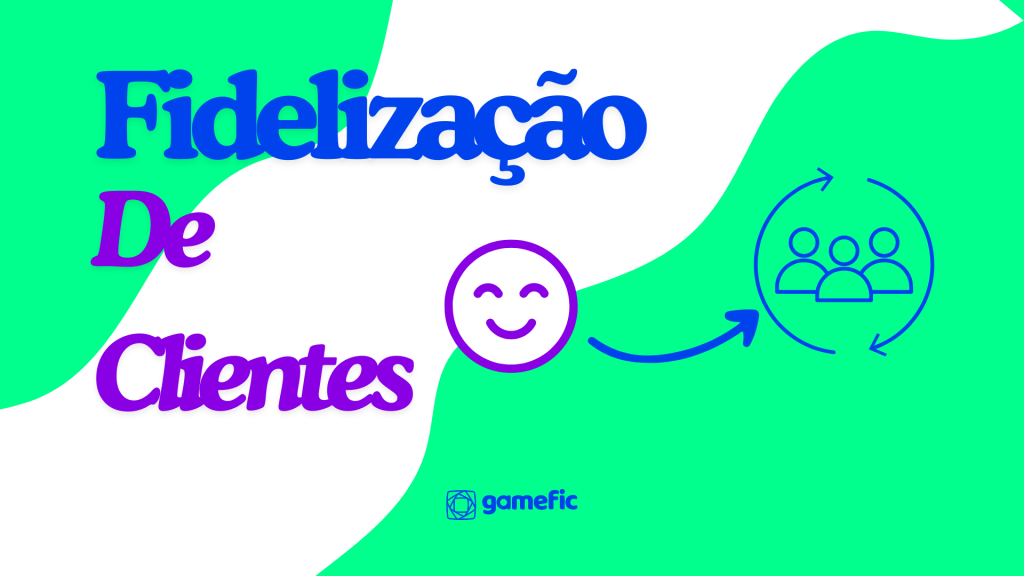The turnover is an index that points out an organization’s turnover and provides important information to better understand issues such as organizational culture, work environment and people management, for example. That’s what we’re going to talk about it in this article.
What is turnover?
Índice
Turnover is one of the metrics applied by HR in companies to calculate the employee turnover rate. The index calculates the difference between admissions and dismissals in a given period.
The important thing is to understand what the number indicated in the calculation of the turnover means for the company. Thus, it will be possible to carry out planning aimed at maintaining, increasing or decreasing the index, according to each strategy.
The types and impacts of turnover
The classification of the types of turnover should also be taken into account when making decisions. The main types are:
- Voluntary turnover: it is when the employee asks to leave the company for personal reasons. In this case, the company must accept the order or make a counter offer.
- Involuntary turnover: it is when the company fires the employee. Whether for lack of income, difficulty in integration or non-fulfillment of function, for example. The main impact is financial, since all the charges in the process must be settled.
- Functional turnover: it is when a low-performing employee resigns. This is one of the positive cases for the company. Thus, it avoids the costs of the dismissal process and makes the new chair available to a professional more suited to the desired profile.
- Dysfunctional turnover: this is one that companies seek to avoid. It is due to the loss of a high-performance employee with skills that are difficult to replace. A dysfunctional turnover is capable of decreasing the performance of entire teams and impacting the company’s results and productivity.
What causes turnover?
It is natural for a company to have to deal with turnover. After all, what is connected to the high turnover rates?
See bellow, the main ones:
- Poorly formulated jobs
- Bad Feedback
- Toxic work environment
- Inefficient leadership
- Failed or non-existent career plan
- Lack of practice of organizational culture
So, how to decrease turnover and minimize its impacts?
One of the constant struggles of human resources professionals is precisely to avoid constant employee turnover. In the main cases, those of high performance that contribute to the growth of teams and the organization as a whole.
In this sense, there are some practices that can be useful to keep the turnover indexes on schedule and also strengthen the company’s image with employees and consumers.
Organizational culture
A well-defined organizational culture is capable of engaging and retaining employees. Once they feel part of the company and are aligned with the organization’s purposes, values ??and missions, they will become even more productive.
The implementation and practice of a powerful culture is a sure motivation factor for employees.
Hiring planning
If the organizational culture is well-crafted, HR will certainly find it easier to draw compatible profiles of professionals who have similar thoughts and motivations. This makes it easier to hire the right people for the right places.
Healthy work environment
Providing a healthy work environment for employees is a basic premise for them to feel comfortable and safe to perform their tasks. The organizational climate must be worked through endomarketing and maintained by its employees.
Gamification
It is possible to implement culture, make the work environment healthier and more motivating through games. Gamification is becoming more and more present in organizations that invest in the well-being and career of their employees.
In practice, games are used to engage and encourage people, teams or departments to take a certain action. One of the main points is the reward, which keeps them stimulated to continue the challenge.
Regarding turnover, gamification can be used to:
- Professional development
- Performance stimulus
- Motivation
- Interaction
- Feedback
- Recognition
- Productivity
A useful technology that promotes integration, challenges and rewards so that employees remain engaged and with a focus on their professional growth within the company.
Use tools such as Gamefic’s to engage teams, increase satisfaction, make organizational culture stronger, value the company’s human material and, consequently, reduce turnover.
Updating knowledge about technology and management is the right way to retain talent in large companies.







